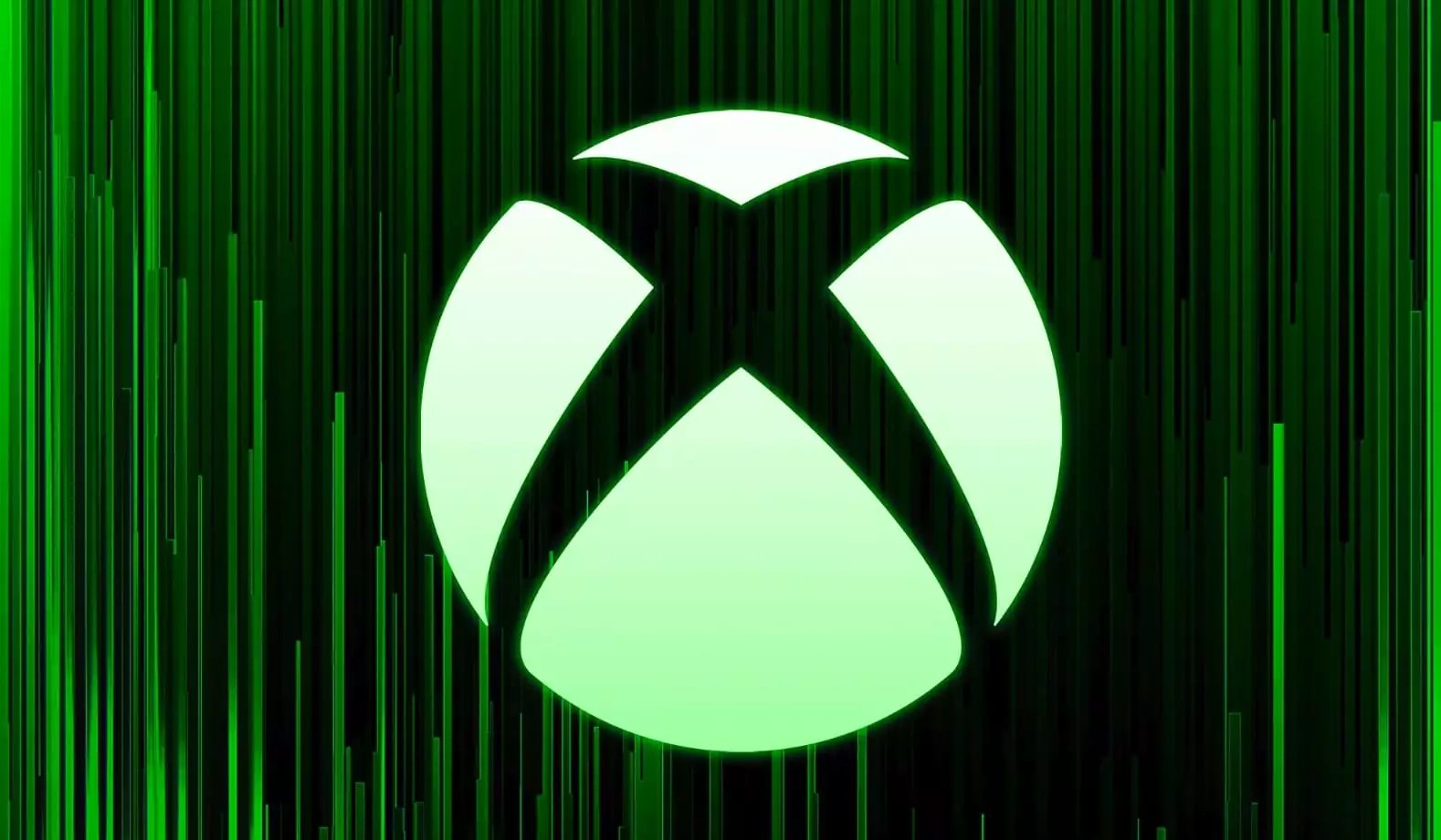In a recent interview with Bloomberg, Phil Spencer, the CEO of Microsoft Gaming, revealed the company’s intention to develop a groundbreaking handheld gaming device. This announcement marks a significant shift in Microsoft’s approach to gaming, hinting at their desire to expand into a space that has been gaining traction in recent years. Spencer emphasized that while prototypes are currently being developed, the final product is still a work in progress. It is clear that Microsoft is not merely dipping its toes into the handheld gaming market; it is committed to understanding and redefining its potential.
One of the critical elements of Microsoft’s strategy appears to be a thorough analysis of the existing handheld gaming landscape. Spencer mentioned that the company is studying various competitors and evaluating the strengths and weaknesses of currently available devices. This insight is essential for Microsoft to carve out its niche, as the market is already populated with devices capable of running Windows and playing Xbox games. The Steam Deck, for example, has made waves with its proprietary operating system, while devices like the Asus ROG Ally and Lenovo Legion Go operate on Windows, indicating that the technology to deliver quality handheld gaming is already present but perhaps underutilized.
Spencer’s vision for the new handheld device indicates a desire for innovation, particularly concerning local gameplay capabilities. He noted a preference for a device that would allow gamers to play games directly on the hardware rather than relying on cloud-streaming solutions. This point reflects a broader industry debate regarding the viability of cloud gaming, especially in terms of latency and dependence on internet connectivity. By focusing on local gameplay, Microsoft could differentiate its product in a saturated market and offer a tangible benefit that might be lacking in existing handheld options.
As Microsoft navigates this ambitious project, the lessons learned from the current handheld gaming devices will undoubtedly play a critical role in shaping the development of their offering. Spencer’s acknowledgment of the importance of analyzing what has worked—and what hasn’t—among competitors suggests that the company is taking a thoughtful approach rather than rushing to market. This commitment to research and development could lead to a device that not only meets player expectations but perhaps exceeds them.
With the increasing popularity of handheld gaming, fueled by innovations from competitors, Microsoft faces a unique challenge: defining what a Microsoft-branded handheld could offer that third-party devices currently do not. Given the existing options that already integrate Xbox’s ecosystem—such as Game Pass and cloud streaming partnerships—Microsoft must find a way to add real value to justify the release. As consumer expectations elevate, particularly for seamless experiences across multiple platforms, any missteps in execution could alienate a potential user base eager for fresh and innovative gaming hardware.
For now, the details surrounding Microsoft’s handheld gaming device remain murky, with Spencer urging patience as plans unfold. However, the indications are clear: Microsoft is intent on becoming a pivotal player in the handheld arena. As discussions continue and prototypes are refined, the gaming community eagerly awaits clarity on what the future holds. Whether Microsoft can successfully innovate within this space remains to be seen, but the ambition is unmistakable. The coming months and years promise to be exciting times for handheld gaming enthusiasts, as proprietary developments from major tech companies like Microsoft may well define the future of portable gaming.


Leave a Reply